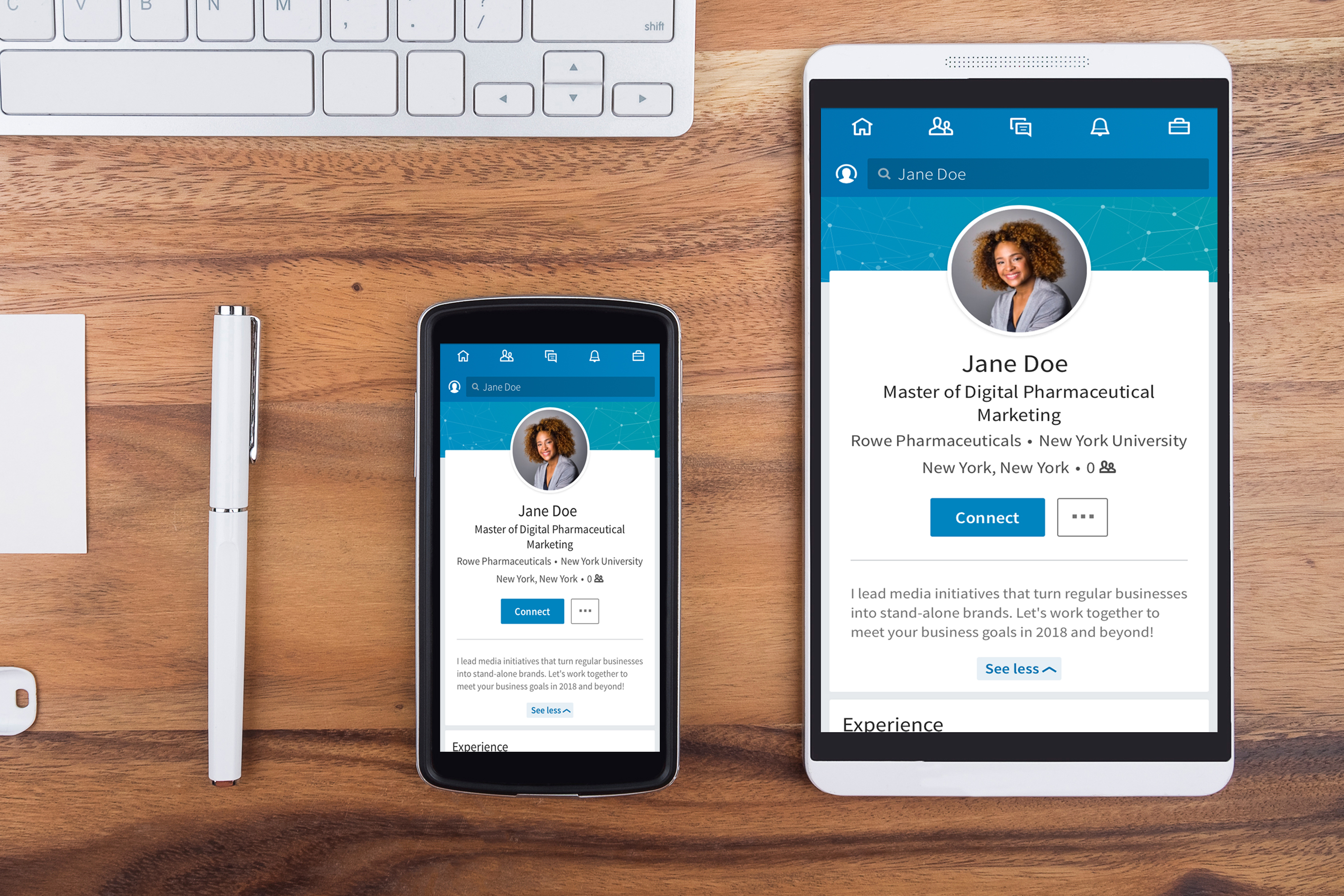Investing in employee development is crucial for organizational success. A well-designed skill development plan enhances employee performance, boosts engagement, and promotes career growth. It can also increase employee retention, reduce skill gaps, and improve the company’s competitive edge. Here’s a guide on how to create an effective skill development plan for employees.
Assess Current Skills and Identify Skill Gaps
The first step in developing a skill development plan is assessing the current skill levels of your employees. Conducting a skills audit helps identify gaps between what employees can do and what is required for their roles or future responsibilities.
Steps:
- Conduct performance reviews: Regular reviews offer insights into strengths and areas for improvement.
- Use self-assessments: Allow employees to evaluate their own skills and identify areas they wish to develop.
- Gather feedback from managers: Managers can provide valuable observations on employees’ current competencies and suggest areas where improvement is needed.
By assessing skills, you can determine which competencies are lacking and align training opportunities accordingly.
Set Clear Goals and Objectives
Once you’ve identified skill gaps, establish clear goals for the development plan. These objectives should align with both the company’s long-term goals and the employee’s personal career growth.
Tips:
- Define specific skills: Focus on both technical skills (e.g., data analysis, software proficiency) and soft skills (e.g., communication, leadership).
- Set SMART goals: Ensure the goals are Specific, Measurable, Achievable, Relevant, and Time-bound.
- Prioritize development areas: Focus first on the skills that will have the biggest impact on both individual and team performance.
For example, if a company plans to implement new software, employees will need training in that tool to remain effective. If leadership roles are expanding, leadership development becomes a priority.
Choose the Right Training Methods
Different training methods can cater to various learning styles and needs. To create an effective skill development plan, choose the right combination of learning opportunities.
Training Methods:
- On-the-job training: Learning while working allows employees to develop practical skills in real-world scenarios.
- Workshops and seminars: Formal training sessions can help employees gain new knowledge and skills.
- E-learning platforms: Online courses and webinars provide flexible learning opportunities that employees can access at their own pace.
- Mentorship programs: Pair employees with experienced mentors who can guide and support their professional growth.
- Cross-training: Allow employees to learn tasks outside their primary job responsibilities to expand their skill sets.
Different employees may respond better to different methods, so providing various options ensures a more personalized and effective learning experience.
Create a Timeline for Skill Development
A well-structured timeline is crucial to ensure that development happens in a timely and manageable way. Employees should have a clear understanding of when they need to complete certain training activities and when they will be evaluated.
Tips:
- Set short-term and long-term milestones: Break down the development process into smaller, achievable steps, making the progression clear and measurable.
- Regular check-ins: Schedule regular reviews to assess progress, provide feedback, and adjust the plan if necessary.
- Allow flexibility: While deadlines are important, employees should have room to adjust their schedules or pace based on workload and other factors.
By establishing a timeline, you ensure that development goals are actively pursued rather than pushed aside by day-to-day tasks.
Provide Resources and Support
To facilitate skill development, employees need access to the right resources and support systems. Offering guidance, materials, and encouragement is essential to keep employees motivated.
Resources:
- Access to training programs: Ensure employees have access to relevant courses, workshops, and seminars.
- Learning materials: Provide books, videos, manuals, and online resources that support the development plan.
- Managerial support: Encourage managers to provide ongoing feedback, encouragement, and constructive criticism.
- Time for learning: Make sure employees have time allocated in their workday for skill development activities, rather than expecting them to complete training outside of work hours.
Employees who feel supported are more likely to commit to their development goals and succeed in acquiring new skills.
Measure Progress and Adjust the Plan
Regularly monitoring progress ensures that employees are moving toward their development goals. It also allows for adjustments if certain methods aren’t working or new priorities arise.
Tips:
- Track performance metrics: Use key performance indicators (KPIs) to measure progress objectively.
- Gather feedback from employees: Ask employees how they feel about their development progress and whether they feel more confident in their roles.
- Evaluate training effectiveness: Assess how well the training methods are working and whether they lead to tangible improvements in performance.
- Adjust goals if necessary: Be open to adjusting the plan based on feedback and changing organizational needs.
Measuring progress helps ensure that the skill development plan remains relevant and effective over time.
Reward and Recognize Progress
Recognizing employees for their efforts and achievements can be a powerful motivator. It encourages continued learning and demonstrates that the company values personal development.
Ways to Reward Progress:
- Public recognition: Highlight employee successes during team meetings or company-wide communications.
- Bonuses or incentives: Offer financial rewards or perks for completing key development goals.
- Opportunities for advancement: Encourage growth by promoting employees who have successfully developed the skills needed for new responsibilities.
Recognition reinforces the importance of continuous learning and motivates employees to keep striving for improvement.
FAQs
How do I identify skill gaps in my team?
Start by conducting performance reviews, self-assessments, and gathering feedback from managers to evaluate current skills. Compare these against the skills required for employees’ roles or future needs to pinpoint gaps.
What are the best training methods for skill development?
Effective methods include on-the-job training, workshops, e-learning, mentorship programs, and cross-training. A mix of these approaches ensures that different learning styles and needs are addressed.
How do I track progress in a skill development plan?
Set measurable goals and milestones, schedule regular check-ins, and track key performance indicators (KPIs) to assess progress. Adjust the plan as needed based on feedback and performance evaluations.
Conclusion
Creating a skill development plan for employees is a strategic investment in both the individual and the organization. By identifying skill gaps, setting clear goals, providing the right training methods, and offering ongoing support, businesses can develop a more capable, engaged workforce. Regular evaluations, flexibility, and recognition of progress help ensure the development plan remains effective and benefits both employees and the organization long-term.





